The restoration project of the 2,200-year-old theater in the ancient city of Assos, Çanakkale, northwestern Türkiye, has reached its final stage.
Assos, established on the summit and slopes of a volcanic hill at the southern tip of the region called “Troas” in ancient times, facing the island of Lesbos, has hosted many civilizations over the centuries.
An ancient port city, Assos was also known as a center of learning.
The famous ancient philosopher Aristotle founded a school of philosophy here and conducted significant research in zoology, biology and botany. Archaeological excavations have been ongoing in the ancient city, which is protected by defensive walls and supported by round and square towers, since 1980.
The ancient city includes a theater, agora (marketplace), council building, harbor, necropolis (cemetery) and gymnasium (sports area). The Temple of Athena, located here, is known as one of the oldest Doric temples (one of the three main orders of ancient Greek and later Roman architecture) in Anatolia, dating back to the Archaic period.
Assos was the first ancient city excavated by American archaeologists in the 1800s. After a long pause, excavations resumed in 1981.
Assos, a historically important port city, is currently undergoing its 44th season of excavations led by Turkish scientists.
Professor Nurettin Arslan, dean of the Faculty of Humanities and Social Sciences at Çanakkale Onsekiz Mart University and head of the Assos excavations, told Anadolu Agency (AA) that they continue the excavation with the support of the Ministry of Culture and Tourism and the main sponsorship of IÇDAŞ.
Arslan reiterated that one of the most impressive structures in the city is the theater.
Explaining that the theater restoration project prepared by the Ministry of Culture and Tourism is in its final phase for execution, he said: “After receiving approvals from the authorized institutions, the theater will likely be restored starting this year. After restoration, it may become one of the most important destination centers of Çanakkale and our country, hosting theater and concert performances in the summer months.”
Arslan emphasized that these theaters were one of the official or public spaces present in almost every city along the Aegean Sea coast.
Describing the theater of Assos, Arslan said that the blue waters of the Aegean Sea and the mountains of Lesbos rising behind it offer an extraordinary view to the spectators.
He added: “The restoration project and subsequent implementation of the theater are planned to be carried out this year under the ‘Heritage for the Future’ project. Assos, the best-preserved individual example among the ancient cities in Çanakkale, will become an important destination for social events in terms of sustainability once the theater’s restoration is completed.”
Arslan noted that the theater is one of the best-preserved and oldest Hellenistic period theaters in Anatolia, and said, “It is a remarkable example of theater architecture in terms of both its construction date and location.”
Recalling that concerts and similar events have been held at the theater in recent years in its current state, Arslan stressed the importance of restoring the structure to its original ancient form.
He added that the venue’s visual impact and approximately 5,000-seat capacity will make it an important event center in the region.
Assos theater
The theater in Assos, leaning against the natural rock slope south of the agora, features a horseshoe-shaped plan typical of Greek theaters.
Built in the late fourth century B.C., the theater continued to be used during the Roman period with some additions.
During the Roman period, guardrails were added to the first rows of seats, which had been cut to protect spectators due to gladiator and animal fights. Some seating rows in the theater were reserved for guilds such as stonemasons, blacksmiths and tanners active in the city during the Roman Empire. One of the upper seating rows was reserved for members of the cult of Serapis (the Egyptian god).
South of the orchestra (the proscenium) lies a two-story stage building. Only the half-columns in front of the proscenium are made of marble, while the rest are constructed from andesite stone.
During the restoration work in the 1990s, missing sections of the theater were completed.

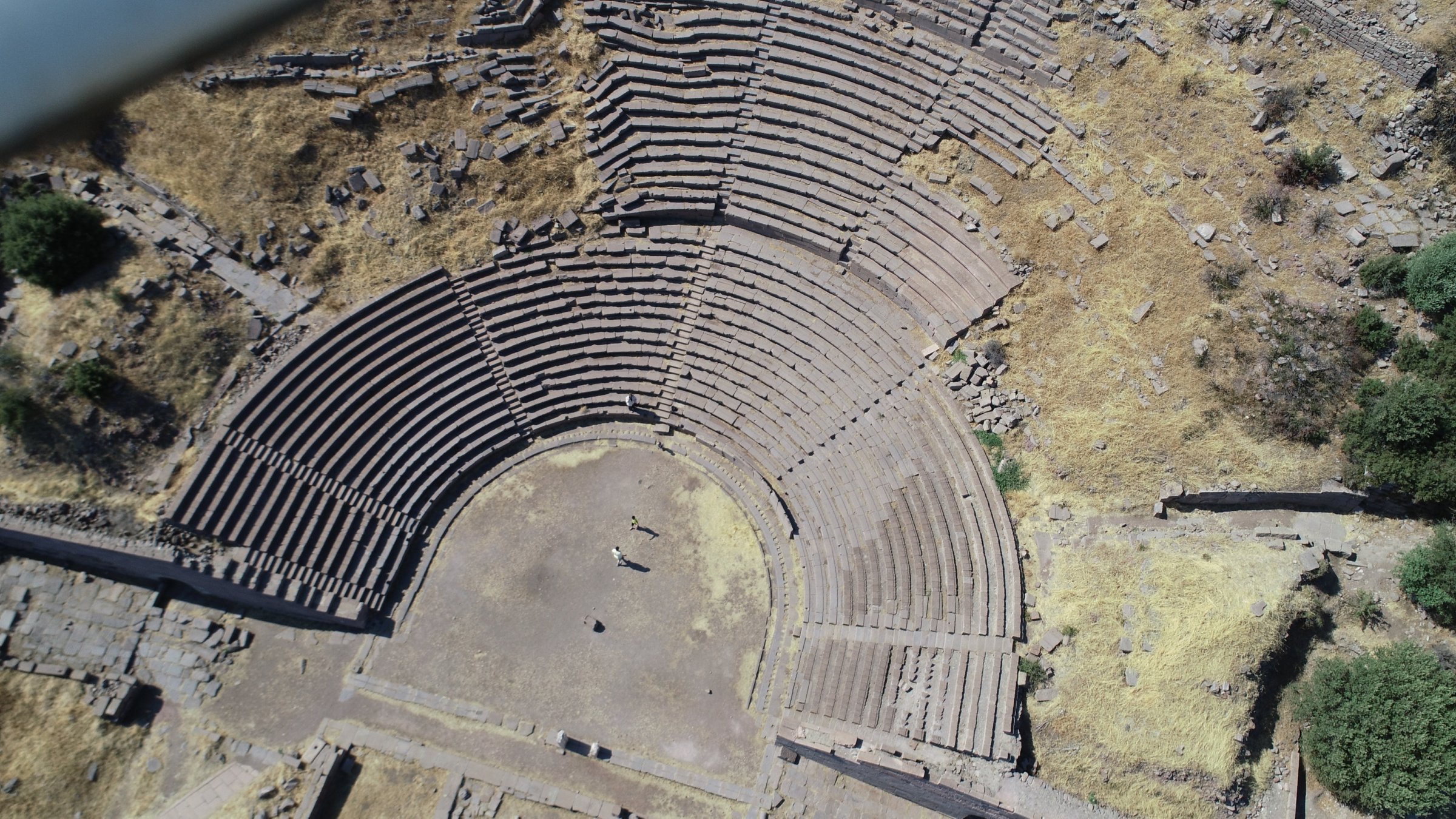
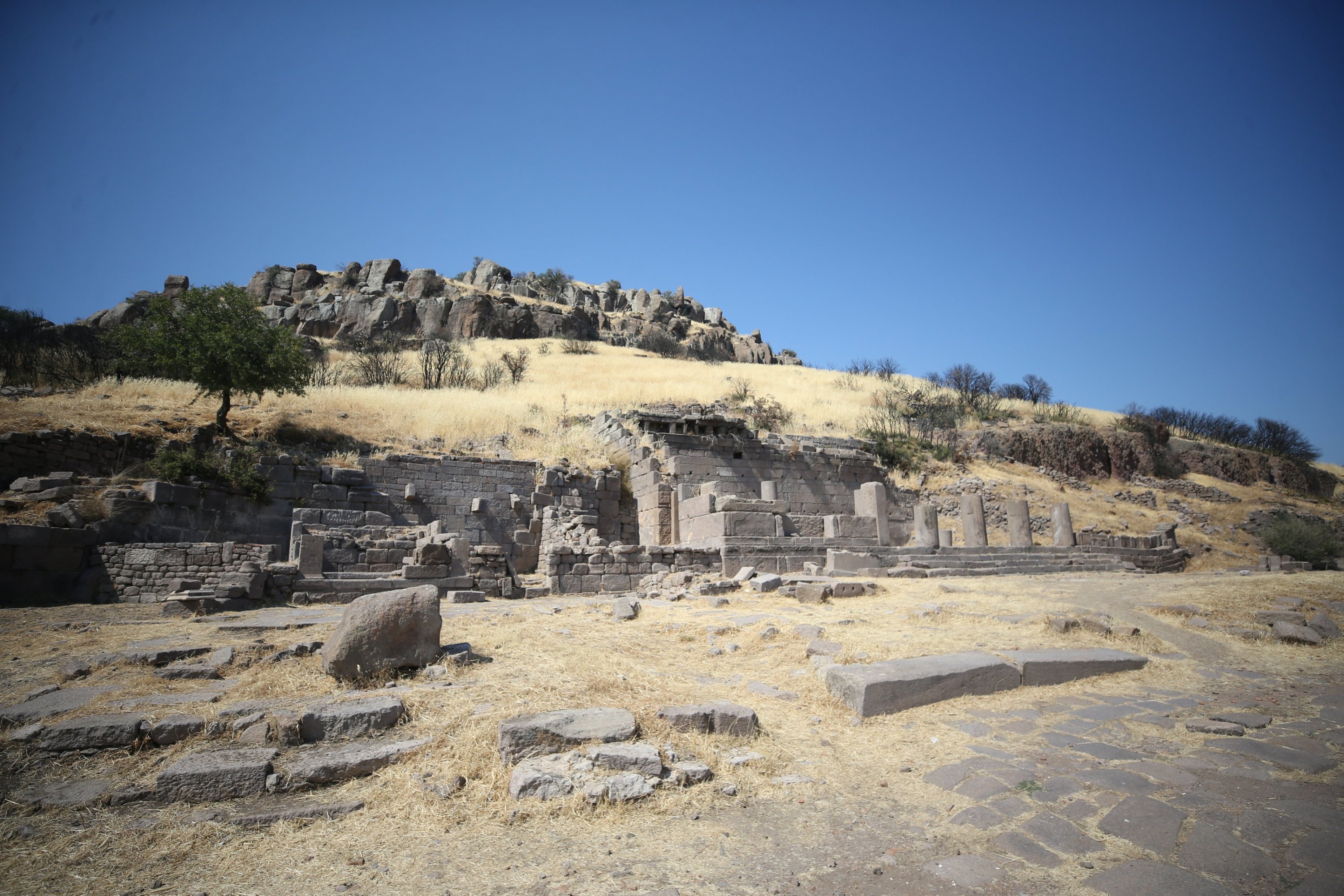
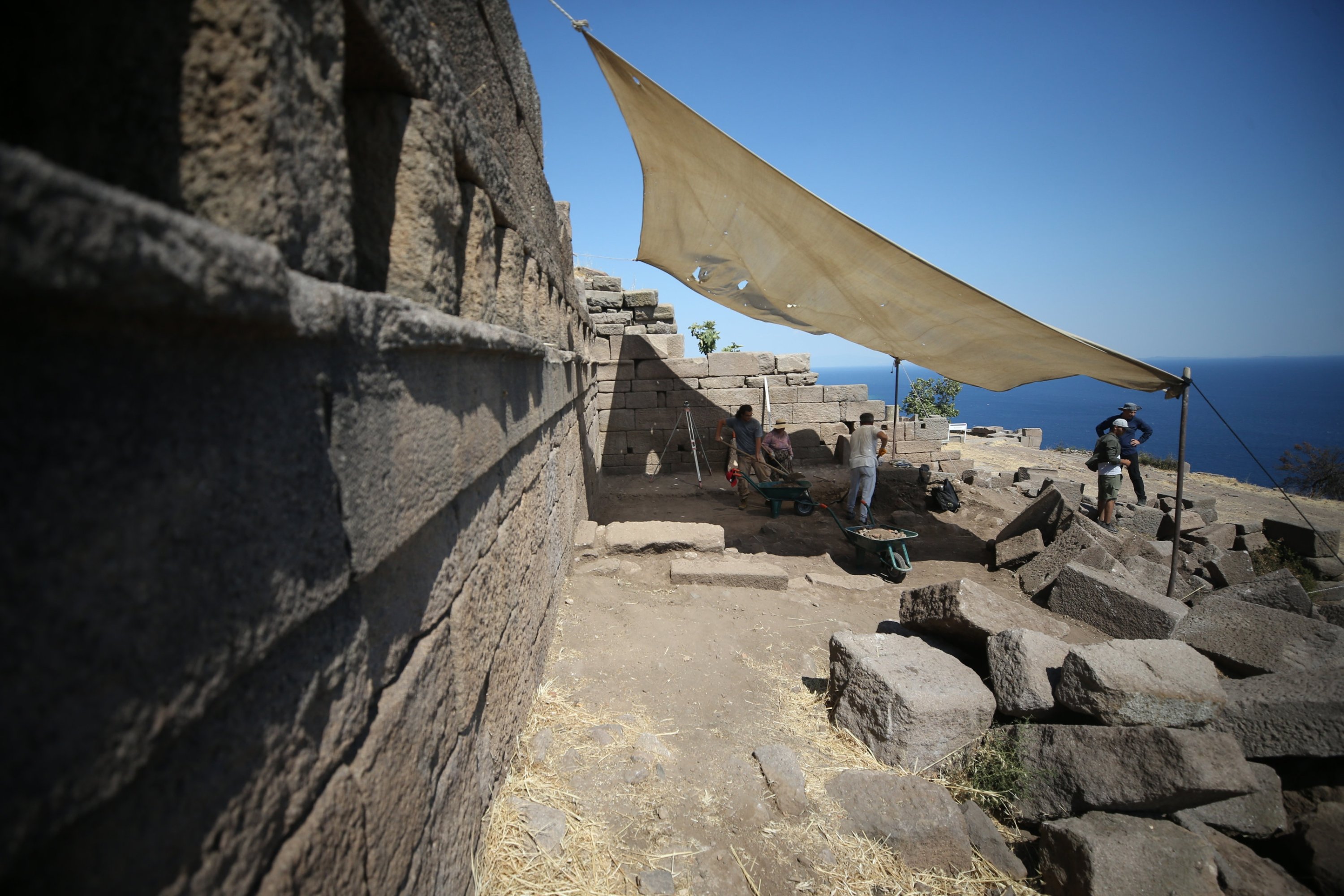
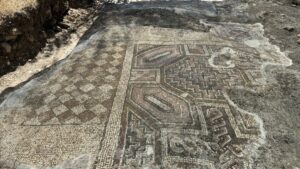

















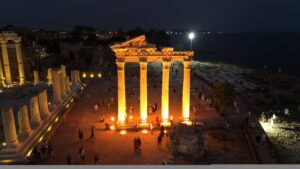




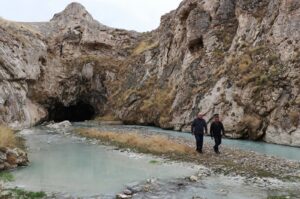

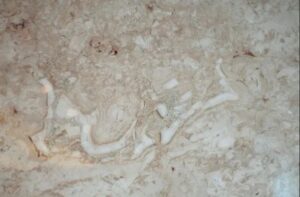

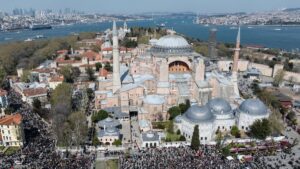



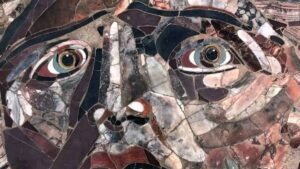

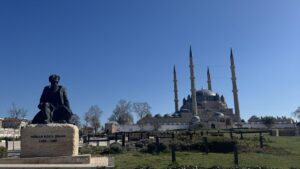
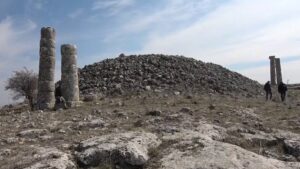


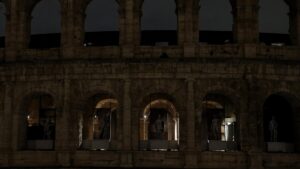
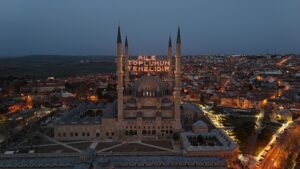
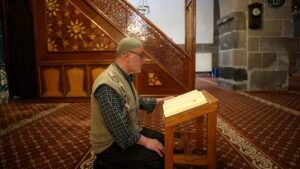







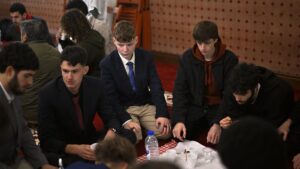


Be First to Comment